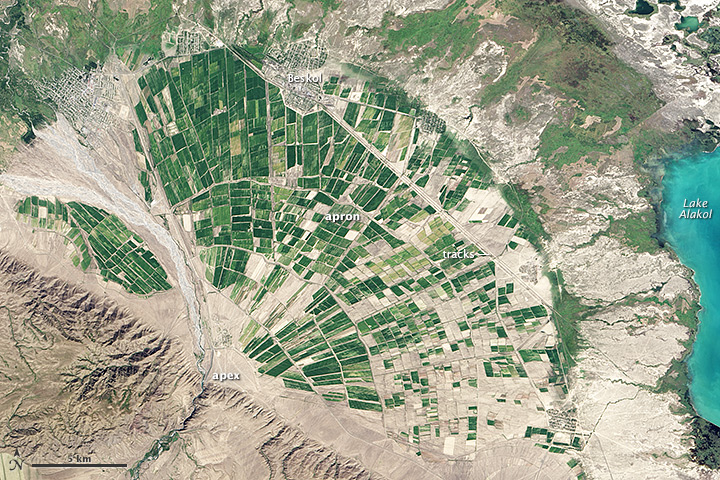I'm imagining a town in a river valley. The river runs straight through the town and is diverted or spread out into canals that form a grid in the central, low-lying part of the town. Technology is early Renaissance, e.g. Florence ca 1450. No magic. Given the valley, the town rises up the hills on both sides of the river. I'm assuming, then, that the canal network spreads only through the flat, central vein of the town, but I'm open to ideas for extending it, e.g. locks.
Is this basic formulation feasible? Anyone know when locks were invented? Any ideas about how to make this colorful and interesting in light of the constraints? All suggestions, including how to better articulate this question, are welcome.


